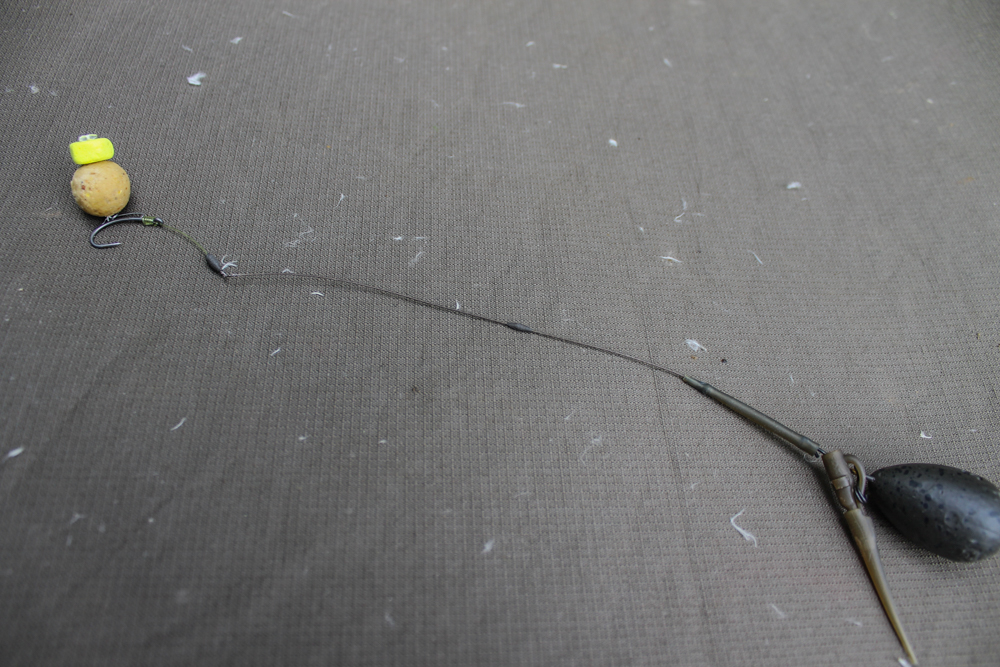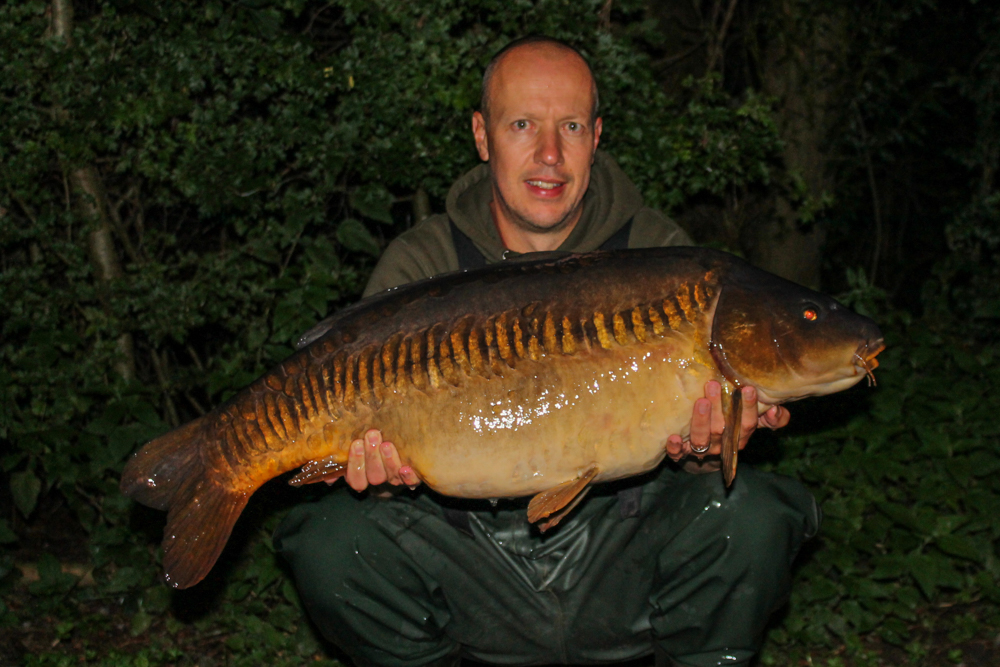Most of you reading this will have started out fishing for carp with bottom baits, whether that be luncheon meat, sweetcorn, boilie or pellet. Today they are often over-looked for pop-ups due to the nature of a pop-up fishing more effectively over a wider range of debris on the lake bed. As much as a simple knotless knot style mono rig will catch a lot of carp, if you look at the mechanics of a bottom bait rig there are many improvements and little changes that you can make to fish more effectively and increase the hooking potential of your rig.
It’s worth noting that on heavily pressured venues where carp see a lot of aggressive hooking pop-up rigs, sometimes an over-weighted or lightly balanced bottom bait, for example, can be that little edge that catches on the day, so if you fish with boilie but haven’t used one ‘straight out of the bag’ or a hardened hook bait for a while, here are Duncan Arrandale’s top 5 tips for bottom bait fishing.
It’s vital that you know what you’re fishing over when bottom bait fishing, as they will not present as effectively over weed as a chod rig fished with a pop-up would for instance, but on a hard, clean area that has been cleared by heavy fish feeding, they may be the answer you’re looking for.
• Use a hook link material you are confident with – it needs to be strong. I prefer darker colours since most debris that has been on the lakebed for any length of time is dark, unless I am using fluorocarbon.
• Use a hook that you have confidence in. My preference is for an uncomplicated hook pattern with a straight point, as I believe that a straight point offers superior ‘pricking’ capabilities. I have not found any benefit using a beaked point hook – for example I do not believe that a beaked point hook stays in the carps mouth any better than a straight point during a protracted fight (based upon my own experiences). 90% of my fishing is done with barbless hooks and I lose very few fish through hook pulls using straight pointed hooks. I have fished gravel pits for the last 30 years and both beaked and straight point hooks will blunt against stones on occasions. Regularly check your hook point to make sure it is sharp after every cast and you won’t go far wrong.

The two rig versions showing my preferred straight point hook.
• Try extending the shank of your hook on you bottom baits rigs, either using a length of shrink tube or by tying a combi link using a stiff mono at the hook end. I think this improves hooking efficiency and keeps the hook in position during the fight.

A similar extended shank can be constructed using shrink tube, but this can be a little more conspicuous than a stiff monofilament.

With the D further down the shank than the point, the rig also turns quickly when dragged over the palm.
• I like to construct my bottom bait rigs so that when I lift the bait up, the hook is sitting in prime position to take hold in the mouth. I also make sure that the bait is held down the shank so it sits lower than the point, allowing the rig to flip and turn quickly. These two points give the hook the best chance of catching hold – the hook is in a good position when entering the mouth, and the hook turns and grabs to create a secure hook hold.

When the bait is lifted, the hook is held in a prime position to catch hold.
• Use an anti-tangle sleeve over a quick change swivel to reduce the risk of tangles occurring during casting, this is essential if you are fishing at range and cannot watch the rig hit the water. There’s no point fishing if you’re fishing with a tangled rig and there’s nothing more soul destroying than reeling in in the morning with a tangled rig.

The rig using a coated braid and anti-tangle sleeve.


